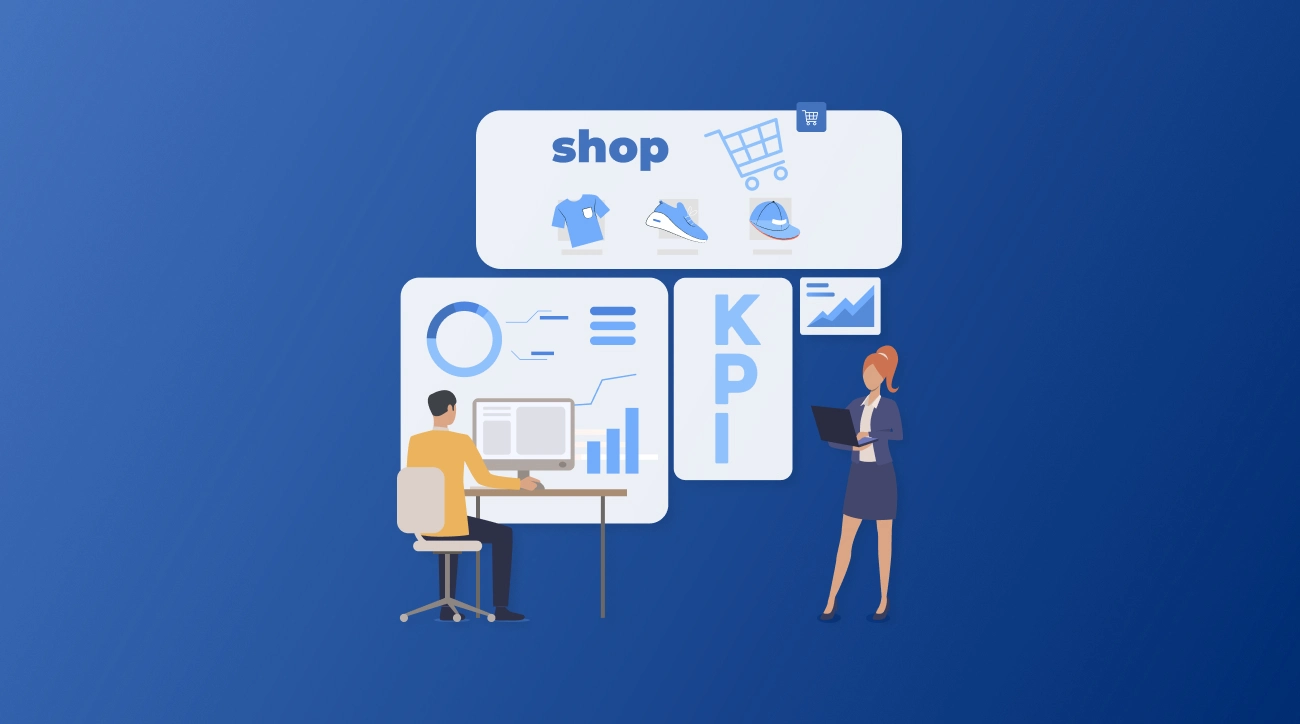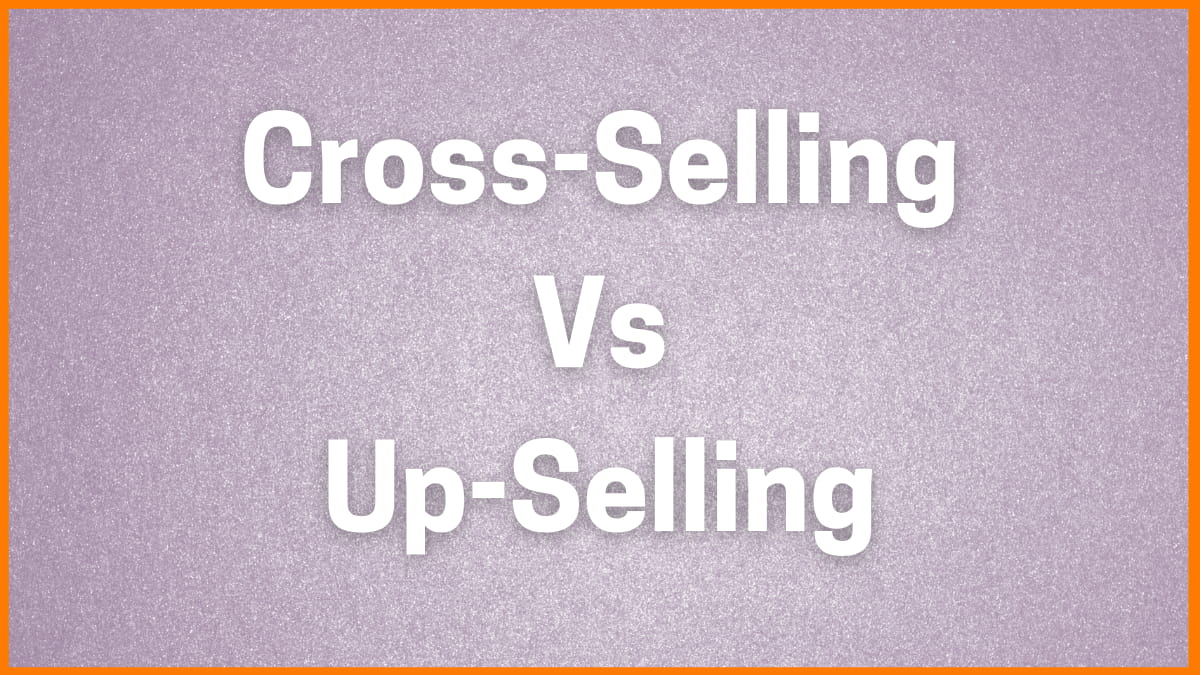Top 25 ECommerce KPIs You Should Be Tracking Right Now!
Once building your eCommerce business ideas, you tend to give your 100% effort developing an e-commerce website, with high quality images, stocked it with irresistible products, and set up seamless payment options. Now what? How do you measure the success of all your hard work? That’s where Key Performance Indicators (KPIs) come in. In this blog post, we’ll explore the world of ECommerce KPIs and why tracking them is crucial for your online business growth and profitability.
If someone were to start an online business, one must put in all they have got in creating a seamless website with high quality images, stocking it with irresistible products and ensuring that payment systems are well set up. But now what? How can you know if your efforts paid off? Enter Key Performance Indicators (KPIs). In this case, we are going to look further into ECommerce KPIs and get to know why it’s so vital for your store to prosper and generate more sales.
The Importance of Tracking KPIs in ECommerce
Tracking key performance indicators (KPIs) in eCommerce is crucial for the success of any online business. These metrics provide valuable insights into the performance and effectiveness of your eCommerce strategies, allowing you to make data-driven decisions and optimize your operations.
Tracking these KPIs for ecommerce enables you to evaluate the effectiveness of your marketing campaigns. By analyzing metrics like click-through rate (CTR), cost per click (CPC), return on ad spend (ROAS), and customer lifetime value (CLV), you can determine which advertising channels are driving the most traffic and generating high-quality leads or sales.
Furthermore, tracking KPIs allows you to monitor customer behavior on your ecommerce website. Metrics like bounce rate, time on site, cart abandonment rate, and repeat purchase rate give insights into user experience and satisfaction levels. This information helps identify potential pain points in the customer journey so that they can be addressed efficiently.
Key Performance Indicators for ECommerce Success
Tracking key performance indicators (KPIs) is crucial for the success of any eCommerce business. By monitoring these metrics, you can gain valuable insights into your website’s performance, customer behavior, and overall business health.

Ecommerce Metrics to Measure Sales:
- Average Order Value (AOV): Measures the average value of orders, providing insight into customer spending patterns.
- Gross Profit: Calculates the total revenue minus the cost of goods sold, indicating overall profitability.
- Conversion Rate (CR): The percentage of website visitors who make a purchase, assessing the effectiveness of your site in converting visitors.
- Shopping Cart Abandonment Rate (CAR): Reflects the percentage of users who add items to the cart but do not complete the purchase, highlighting potential issues in the checkout process.
- Customer Lifetime Value (CLV): Predicts the total revenue a business can expect from a single customer throughout their entire relationship.
- Cost of Goods Sold (COGS): Represents the direct costs associated with producing or purchasing the goods being sold.
- Repeat Purchase Rate (RPR): Indicates the percentage of customers who make more than one purchase, demonstrating customer loyalty.
- Average Profit Margin: Measures the average profit earned on each sale, providing insights into pricing strategies.
- Revenue per Click (RPC): Evaluates the revenue generated per click on your website, indicating the effectiveness of your marketing efforts.
- Inventory Turnover: Reflects how quickly inventory is sold, crucial for managing stock efficiently.
Ecommerce KPIs to Measure Marketing:
- Website Traffic: Tracks the total number of visitors to your website, a fundamental indicator of online visibility.
- Average Session on the Website: Measures the average time users spend on your site, indicating engagement levels.
- Bounce Rate: Measures the percentage of visitors who navigate away from the site after viewing only one page, reflecting site engagement.
- Email Open Rate: Indicates the percentage of recipients who opened your marketing emails, showing email campaign effectiveness.
- Email Click-Through Rate (CTR): Measures the percentage of recipients who clicked on links within your email, indicating the relevance of your content.
- Social Media Engagement: Measures the level of interaction and engagement on your social media platforms, showing the effectiveness of your social media strategy.
- Customer Retention Rate: Measures the percentage of customers retained over a specific period, reflecting loyalty.
- Email Conversion Rate: Reflects the percentage of email recipients who completed the desired action, like making a purchase.
- Pay-Per-Click (PPC): Evaluates the effectiveness of your paid advertising campaigns, particularly in generating clicks.
- Cost Per Conversion (CPC): Calculates the cost of acquiring a customer through paid channels, helping assess marketing efficiency.
Ecommerce KPIs to Measure Customer Service:
- Customer Satisfaction (CSAT) Score: Measures customer satisfaction with your products or services.
- Net Promoter Score (NPS): Indicates the likelihood of customers recommending your business to others.
- Refund/Return Rate (RR): Reflects the percentage of orders that result in a refund or return, indicating customer dissatisfaction.
- Customer Service Email Count: Tracks the number of customer service emails received, reflecting customer inquiries and issues.
- Average Complaint Resolution Time: Measures the average time it takes to resolve customer complaints, indicating service efficiency.
What are the best tools to track ecommerce metrics?
- Google Analytics: Google Analytics is a widely used tool for tracking ecommerce metrics. GA4 provides a detailed view of website traffic, conversions, revenue, and other key performance indicators. It is ideal while developing e-commerce websites.
- Adobe Analytics: Also known as Omniture, Adobe Analytics offers real-time data tracking, customer segmentation, and advanced reporting features for ecommerce businesses.
- Kissmetrics: Kissmetrics allows you to track and analyze customer behavior across multiple devices and website touchpoints. It provides insights into the customer journey through your ecommerce site.
- Mixpanel: Mixpanel specializes in tracking user interactions with your website or app. It enables you to understand how customers engage with your products and make purchases.
- Hotjar: Hotjar offers heatmaps, user recordings, surveys, and funnel analysis. It helps you understand how visitors interact with your website and identify areas for improvement.
- Crazy Egg: Similar to Hotjar, Crazy Egg provides heatmaps and click-tracking features. It helps you understand how users engage with your website’s design and layout.
- Shopify Analytics: If you use Shopify as your ecommerce platform, it comes with a built-in analytics feature. Shopify Analytics gives you access to detailed reports on sales performance, customer acquisition, and more.
Conclusion
In today’s competitive ecommerce landscape, tracking the right key performance indicators (KPIs) for ecommerce business is crucial for success. By keeping a close eye on these metrics, you can identify areas of improvement, make data-driven decisions, and ultimately drive your online business towards growth.
Remember to regularly track and analyze these ecommerce KPIs as these tools offer comprehensive dashboards and reports that enable you to monitor trends over time and make informed business decisions accordingly.









